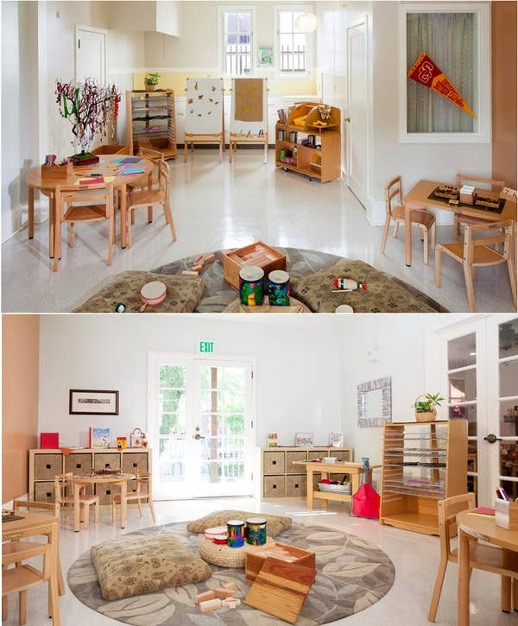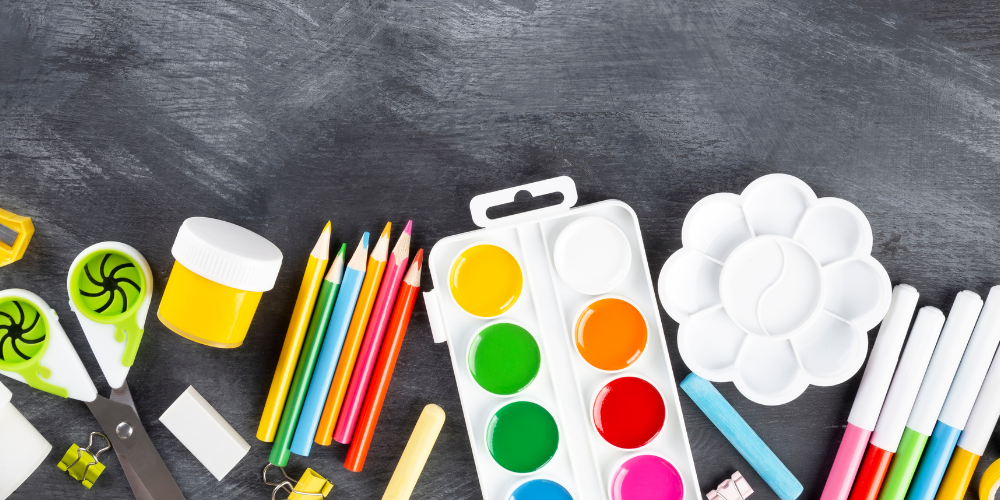The last year and a half found many of us re-evaluting our priorities. Faced with being stuck at home has driven many of us (myself included) to do something with our “extra time.” Enter the minimalism movement, with experts like The Minimalists, Marie Kondo, and Josh Becker offering up philosophies, tips, and even courses to help you shift your mindset towards “less is more.”
You too, Educators. And it’s good for you.
We’ve collected some tips to help you on a journey towards minimalist philosophies to downsize, declutter, and make way for more teaching, learning, and living.

Shannon Kaiser, author of Find Your Happy: An Inspirational Guide to Loving Life to Its Fullest shares the connection between decluttering and happiness:
The importance of downsizing is significant. Whenever you take a stand to unclutter your life and downsize, you are sending a loud and clear message to the universe that you will remove unwanted things from your life. It may seem silly, but when you clear out space you have more room to play, laugh, love and live.
Erin Klein, author of Edutopia’s article, “Decrease Classroom Clutter to Increase Creativity,” shares that decluttering your classroom can have positive effects on both you and your students. Open your space to natural light (if possible), and fewer distractions, to boost learning and creativity!
Marie Kondo, Netflix star and author of The Life-Changing Magic of Tidying Up, offers a hilarious realization that “storage experts are hoarders.” I’ve spent so much time (and money) to find just the right shelving units, storage baskets, and creative solutions to keep my stuff orderly. Organized clutter is still clutter, and let’s face it, clutter does not stay organized!
Holding on to “someday” things represents a mindset of scarcity. Shrinking budgets means less…of everything. Rather than throwing out worn supplies and things falling apart, we think, “it’s better than nothing.”
However, to declutter our classrooms, homes, and lives, we need to adopt a mindset of enough, trusting we’ll have what we need. We also declutter with the present in mind: if the things are not routinely used or do not routinely bring us happiness, we need to let these things go.
With these ideas in mind, here are some simple, concrete ways to declutter your classroom starting today:
1. Take Photos of Student Work
We all know the benefit of sharing student samples when we introduce new projects each year. Rather than keeping the actual projects:
- Take great digital photos of those paintings, 3-D models, drawings, and posters.
- Better yet, include the student in the pictures so they can be remembered along with their project!
- Taking pictures and then returning the items to your students saves room in your closets and allows you to organize the images into“Hall of Fame” digital visuals to share with future creators and inventors!
- Tech Tip: Do you still have file cabinets of older worksheets or paper-based resources? Download the free phone app Scannable and convert those resources to digital files. Scannable lets you snap a photo of a print-based document and convert it to a PDF.
- Curate Your Classroom Library
If you keep a classroom library, create a rating system track books your students actually read and enjoy. That way, you can remove unpopular books occasionally to make way for new gems.Here’s how:
- Put a post-it note inside the cover of each book.
- When students finish the book, ask them to rate it on a scale of your choice, and on the post-it, record this rating along with the date.
- As you add new books, you can then remove the “duds” from the collection.
- Try not to take this process personally. It was hard for me to see that my worn copy of Jane Eyrewent unread for years, but I had to accept that my students had new and equally important interests!
- Let Your Students’ Work Be the Focus of Classroom Decor
Instead of storing large seasonal or topic-based displays from year to year, ask your students to contribute more!
- Start with a basic bulletin board (digital or physical) and allow students bring in images to share.
- Buddy up with other teachers to rotate displays and decorations year to year.
- Even if these displays aren’t as polished as the ones you could design, you’ll reduce clutter and foster student pride and ownership in your classroom!
- Don’t feel obligated to cover every area of your classroom with decorations, despite “Pinterest-envy” when we see great classroom displays
- For some students who have attention or anxiety issues, less decor can be more energizing. My friend and colleague Susie pointed out to me, “It’s good to have blank space, too. It gives your eyes a place to rest.”
- Keep a Donation Box – Always.
- Tuck a cardboard box labeled “donations” into a convenient area of your classroom.
- Anytime you (or your students) come across an item that is no longer useful, place it in the box.
- Offer items in the box to other teachers, letting them know it’s available,
- If no one bites, that’s ok—and commit to emptying it completely instead of tucking it away for “just in case’s”… Let it go!
- If all else fails, drop the full box off at your local thrift store
- If It Must Be Stored, Make It Count
Vibrant and engaging classrooms are filled with creativity: art materials, books and writing materials, maker-space stations, and tech devices—to name a few! Sometimes when we eliminate unnecessary clutter, we’re still left with a lot of important stuff. When caring for these important resources:
- Be intentional, and organize carefully, according to your need and your aesthetic.
- Invest in the best materials you can afford to save replacement time in the future
- Don’t be afraid to sacrifice style for function.
- A few years ago, I removed my colorful bins of varying shapes and sizes, the random buckets, and repurposed oatmeal storage containers and replaced them all with clear storage containers from the same manufacturer. They are not quite as cute, but they make my life so much easier.
We wish you well on your journey. Here’s to more living and less stuff!







